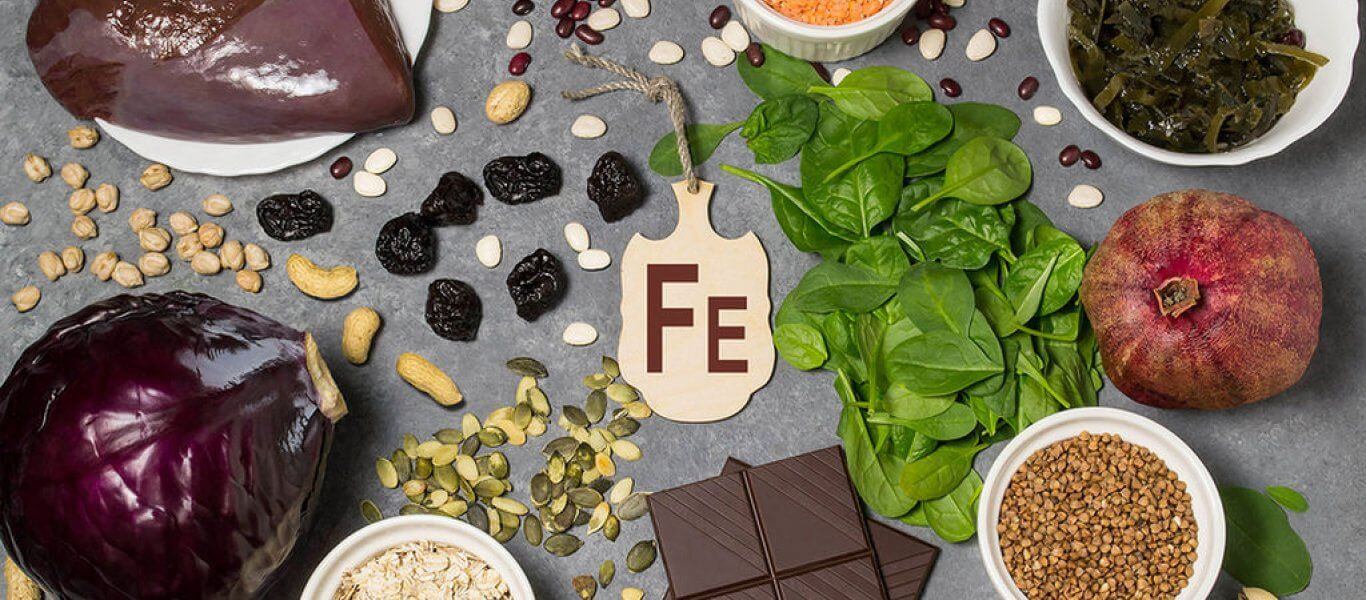Scientists and nutritionists advise us to add fruits and vegetables to our diet, but most do not know which ones are really rich in nutrients.
A study by the CDCs (Centers for Disease Control and Prevention) in the United States shows that their nutrient density and value can vary by as much as 70% depending on the ingredients they contain. Jennifer Di Noia, an associate professor of sociology at William Paterson University, researched 41 fruits and vegetables that are considered important in reducing the risk of heart disease and cancer and published her findings.
Di Noia focused on 17 nutrients that are considered by UN food experts and the Institute of Medicine to be important for good health and reducing the risk of serious illness. These are potassium, fiber, protein, calcium, iron, thiamine, riboflavin, niacin, folic acid, zinc and vitamins A, B6, B12, C, D, E, and K Then, after a thorough and extensive research of the scientific literature, he calculated how many nutrients each contained in calories (based on a diet of 2,000 calories per day). The higher the nutritional value, the more this food was considered “superpower”.
The 41 most nutritious foods
- watercress (100.00)
- Chinese cabbage (91.99)
- celery (89.27)
- beet leaves (87.08)
- spinach (86.43)
- radish (73.36)
- lettuce (70.73)
- Parsley (65.59)
- Roman lettuce (63,48)
- Collard green vegetables (62.49)
- revas leaves (62.12)
- mustard leaves (61.39)
- antib (60.44)
- chives (54.80)
- kale (49.07)
- dandelion (46.34)
- red pepper (41.26)
- rocket (37.65)
- broccoli (34.89)
- orange pumpkin (33.82)
- Brussels sprouts (32.23)
- chives (27,35)
- turnip (25,92)
- cauliflower (25.13)
- cabbage (24.51)
- carrot (22.60)
- tomato (20.37)
- lemon (18.72)
- Iceberg lettuce (18.28)
- strawberry (17.59)
- radish (16.91)
- winter pumpkin (13.89)
- orange (12.91)
- lime (12.23)
- grapefruit (pink / red) (11.64)
- turnip rutabaga (11.58)
- reva (11.43)
- berry (11.39)
- leek (10.69)
- sweet potato (10.51)
- grapefruit (white) (10.47)


